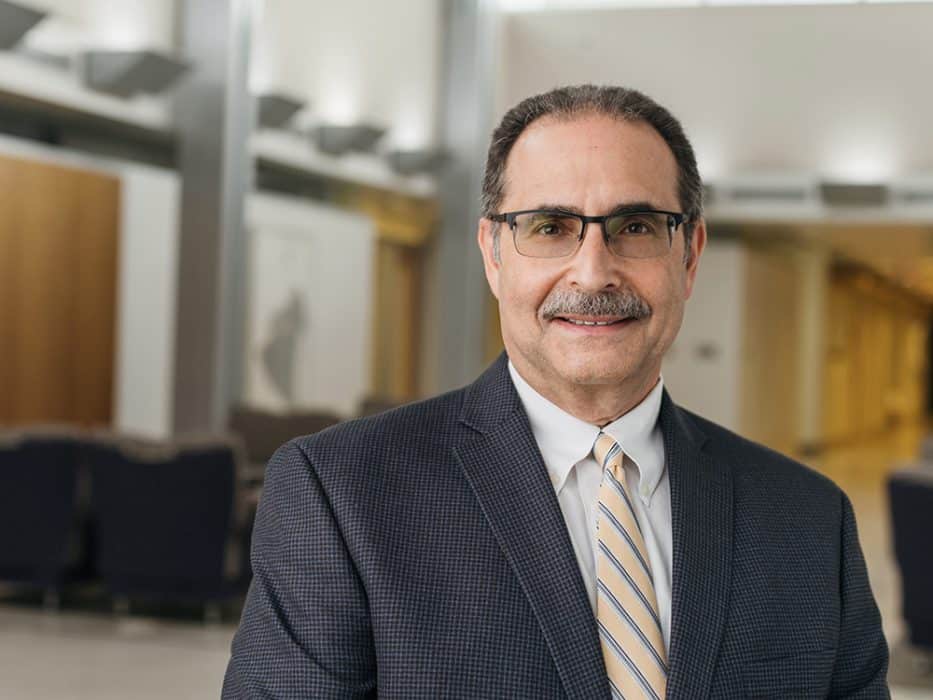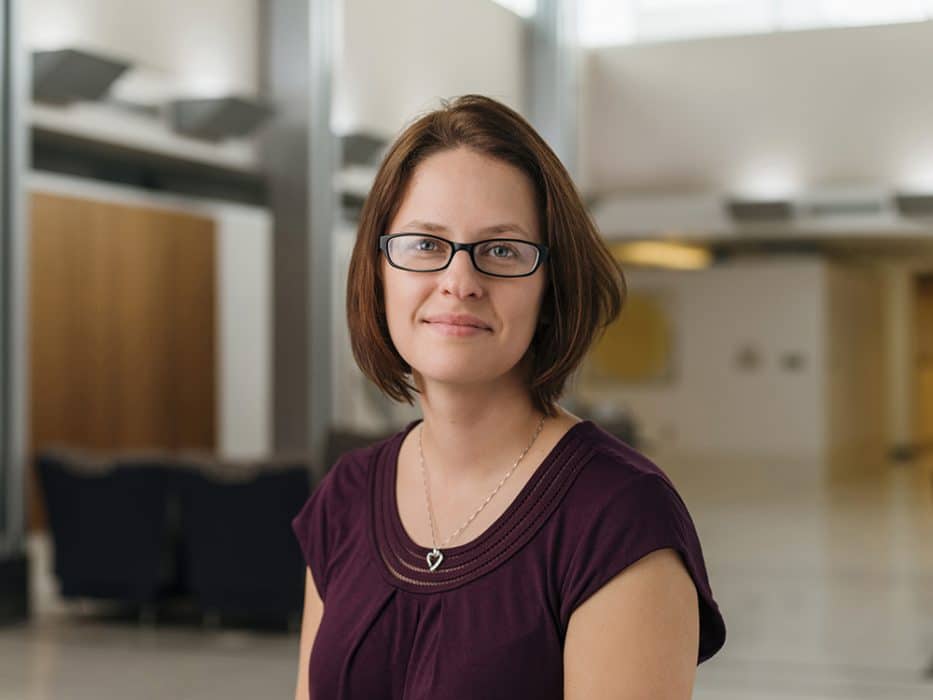Abstract
Provided are methods of treating infectious diseases by administering a BCL-2 inhibitor and a MCL-1 inhibitor to a subject in need thereof. One such infectious disease is an infection of Mycobacterium tuberculosis. Also provided are methods of inhibiting the growth of Mycobacterium tuberculosis in a granuloma by contacting the granuloma with a BCL-2 inhibitor and a MCL-1 inhibitor.
Application Number
PCT/US2021/047074
Date of Application
March 3, 2022
Inventors
Larry S. Schlesinger and Eusondia Arnett
Combinatorial therapy with Mcl-1 & Bcl-2 inhibitors to treat tuberculosis & other infectious diseases
Description
Tuberculosis (TB) is the deadliest of all infectious diseases, causing ~1.5 million deaths annually. Currently, curative treatment for active TB requires extensive antibiotic therapy using a cocktail of antibiotics. Typically, a rigorous 6-9-month treatment regimen is required and consists of 4 front line drugs which can cause significant adverse side effects. This cumbersome treatment significantly impacts patient compliance, which, in turn, has fueled the development of multi-drug resistant TB. Poor success in achieving curative efficacy is further compounded by the high prevalence of comorbidities as well as a continued increase in immunocompromised and high-risk patients. Although there is an existing vaccine for TB which confers a high rate of protective efficacy in infants, it fails to provide a protective response in adolescents and adults. Hence, new strategies are urgently needed to combat this deadly disease and thwart the continued development of antibiotic resistance. One new approach is called host-directed therapy (HDT) which is aimed at bolstering the host immune response in conjunction with antibiotics.
Inventors at Texas Biomed have developed a novel strategy to inhibit the growth of M. tuberculosis by restoring an innate mechanism used to destroy diseased or infected cells. Combinatorial treatment with Mcl-1 and Bcl-2 inhibitors triggers apoptosis or programmed cell death which is a normal “housekeeping” function of the cell and critical in controlling M. tuberculosis growth. Because the suppression of apoptosis is a vital mechanism employed by a number of pathogens, this technology could have broad spectrum utility as a novel therapeutic approach, in addition to its demonstrated inhibition of M. tuberculosis.
Benefits and Advantages
- Improved patient compliance with simplified & targeted treatment.
- Combat multi-drug resistant TB & thwart the continued progression of antibiotic resistance.
- Inventors have demonstrated proof of concept; significant in vitrogrowth inhibition of M. tuberculosis.
- Potential for broad spectrum utility against a number of pathogens.
LARRY S. SCHLESINGER, M.D.
President/CEO, Professor
Dr. Schlesinger is an internationally recognized authority in infectious diseases with a particular interest in tuberculosis and lung biology. As a physician scientist, his studies focus on the pathogenesis of tuberculosis and other airborne infectious agents that subvert lung immune mechanisms. TB is the deadliest infectious disease in the world.

As a physician scientist, I pursue research directions that enable me to discover something that translates into helping to improve human lives. Texas Biomed is a friendly, collaborative environment with outstanding research and limited bureaucracy for getting things accomplished. My passionate is in building great research enterprises where the next generation can learn and grow.
—Dr. Larry Schlesinger
Inside The Lab
Dr. Schlesinger and his research team have made major discoveries about the human immune response to pathogens, and he is translating these into host-directed drug discovery platforms. His laboratory studies innate immunity to these infectious pathogens by focusing on their interactions with human mononuclear phagocytes, which are cells that protect the body by ingesting harmful cells, bacteria or foreign particles.
Another focus of Dr. Schlesinger’s work is understanding how the alveolar (air compartments of the lung) environment
affects the biology of alveolar macrophages (white blood cells) in ways that directly impact the host response to airborne infectious agents.
Dr. Schlesinger is also interested in the impact of diabetes and aging on the immune response to M. tuberculosis, susceptibility to infection, and new imaging and drug discovery platforms for mycobacteria.
Eusondia Arnett, Ph.D.
Staff Scientist II
Dr. Arnett’s focus is on Tuberculosis (TB) — a leading cause of death worldwide. M. tuberculosis infects and resides within alveolar macrophages, which are unable to clear the bacteria even though their primary purpose is to kill bacteria. Dr. Arnett’s research goal is to further elucidate the interactions that occur between M. tuberculosis and the host macrophage, to increase understanding regarding why these macrophages are unable to clear M. tuberculosis.

“I love being a scientist because it is never boring! No matter how much you learn, there is always another question to ask. The people of Texas Biomed are dedicated to advancing research. I am most passionate about fine tuning our understanding of host responses to infectious diseases. I think the interplay between the host and the microorganism is fascinating. We need better understanding to design better therapies.”
— Dr. Eusondia Arnett
Inside The Lab
In Dr. Larry Schlesinger’s lab, Dr. Arnett studies the nuclear receptor peroxisome proliferator-activated receptor (PPAR) gamma, which is critical for M. tuberculosis growth in macrophages. Her work has identified molecules upstream of PPAR gamma activation as well as novel effectors of PPAR gamma which regulate apoptosis during M. tuberculosis infection.Apoptosis is an important defense mechanism that prevents M. tuberculosis growth, and she has found that targeting this pathway significantly reduces M. tuberculosis growth, providing new potential targets for host-directed therapy for M. tuberculosis.
Granulomas are a histopathologic hallmark of TB that have classically been thought of as a host response to limit M. tuberculosis growth. However, granulomas, which are recalcitrant to antibiotics, also provide a niche for M. tuberculosis persistence. Through use of an in vitro granuloma model, the lab has started to interrogate the role of the host immune response in granuloma formation and development. Dr. Arnett is involved in expanding this in vitro granuloma model, and is using it to study HIV and TB coinfections. HIV and TB are well established co-morbidities, but the underlying mechanisms for this are incompletely understood.
Texas Biomedical Research Institute pioneers and shares scientific breakthroughs that protect you, your families and our global community from the threat of infectious diseases. Texas Biomed is an independent, not-for-profit, research institute with a strong history of collaborating with global partners and contributing to the world of science and human health for more than 75 years. We are evolving into a one-of-a-kind, world-leader in the broad sciences of infectious diseases, with researchers working together in three critical areas of discovery. Our partnerships continue to expand globally to deliver new diagnostics, treatments and cures through our pre-clinical research and development programs
Scientific Programs
Host-Pathogen Interactions (HPI) – The HPI Program concentrates on the basic biology of infection in humans and animals and the development of disease.
Disease Intervention & Prevention (DIP) – The DIP Program aids in the development of diagnostics, treatments and vaccines to prevent disease, and reduce severity of disease and infection, if not cure infection.
Population Health (PH) – The PH program aims to identify correlates of disease susceptibility or resistance to infectious diseases on a population level
Resource Attributes
- BSL-3 and BSL-4 facilities with laboratory capacity to perform in vitro experiments(biochemistry, cell biology, molecular genetics, and immunology) and in vivo studies(vaccine/therapeutic efficacy, pathogenesis and survival) including imaging.
- Experience with the development of nonhuman primate (baboon, macaque,marmoset) and rodent (mouse, hamster, and Guinea pig) models for evaluatingdisease pathology and diagnostic, therapeutic or vaccine efficacy.
- Established standard operating procedures and protocols for biochemical,immunological and metabolism assays, deep sequencing, neutralization assays,determining bacterial and viral load among others.
- Facilities equipped with state-of-the-art equipment including Aerobiologyinstrumentation, Telemetry, Clinical Pathology Instrumentation, Flow Cytometry,Sorting, PET-CT Scan, Live-Imaging, and Single-Cell Sequencing among others.
- Active programs with NIH/DOD/BARDA/MCS, commercial and internationalpartners.
- Studies adhering to robust quality standards to support regulatory filings with theFDA and other agencies.
For more information on Texas Biomed, visit www.txbiomed.org. To learn more about partnering with our world-class researchers to execute quality scientific studies, please contact Applied Science and Innovation at